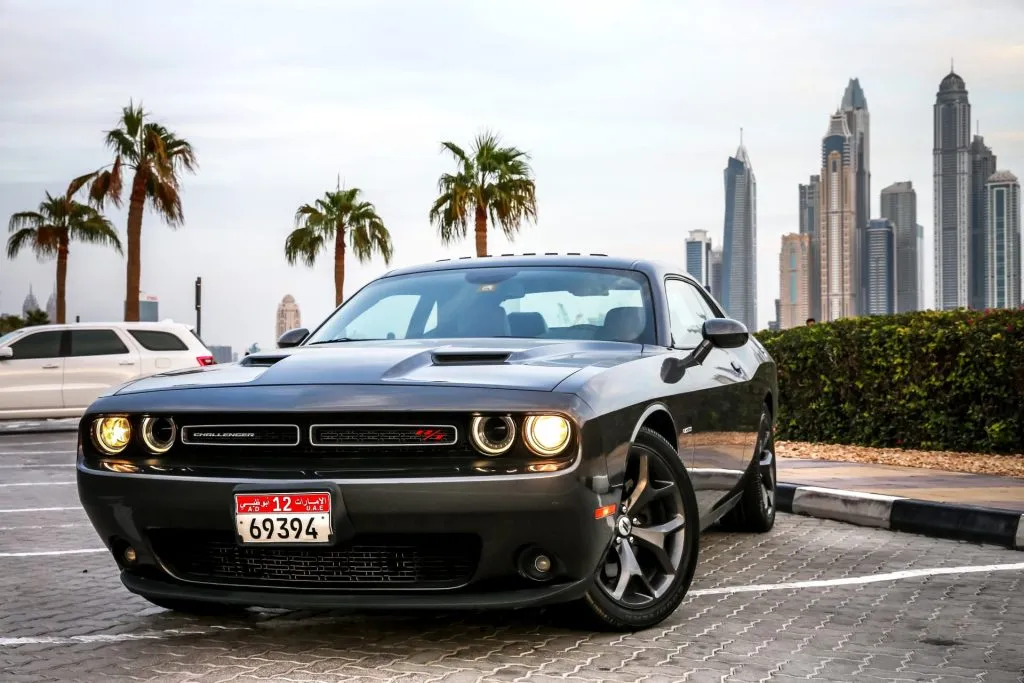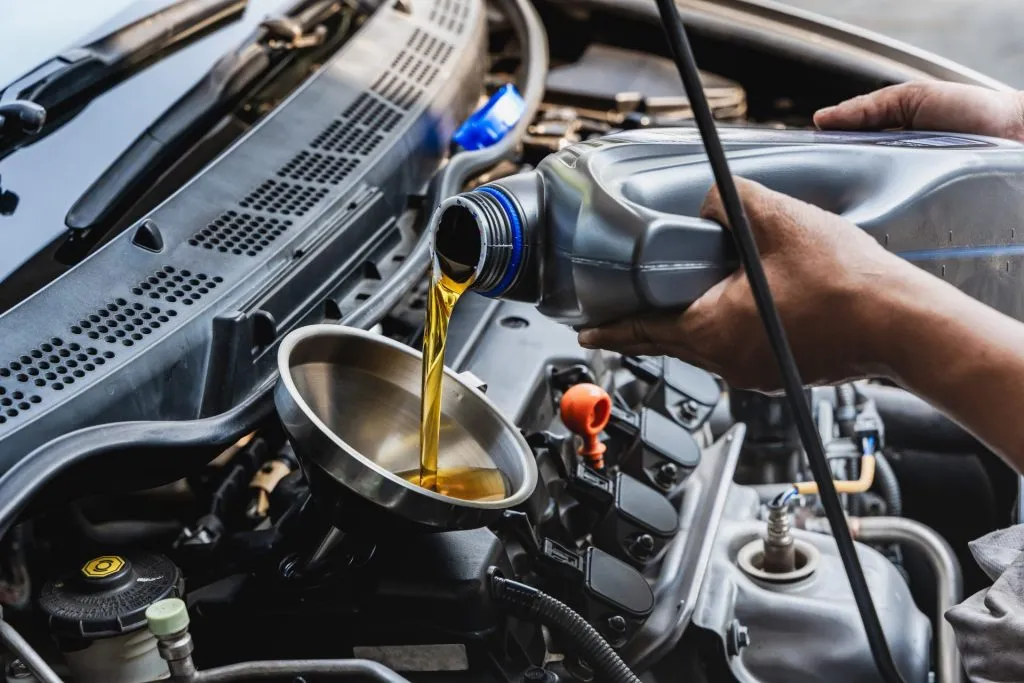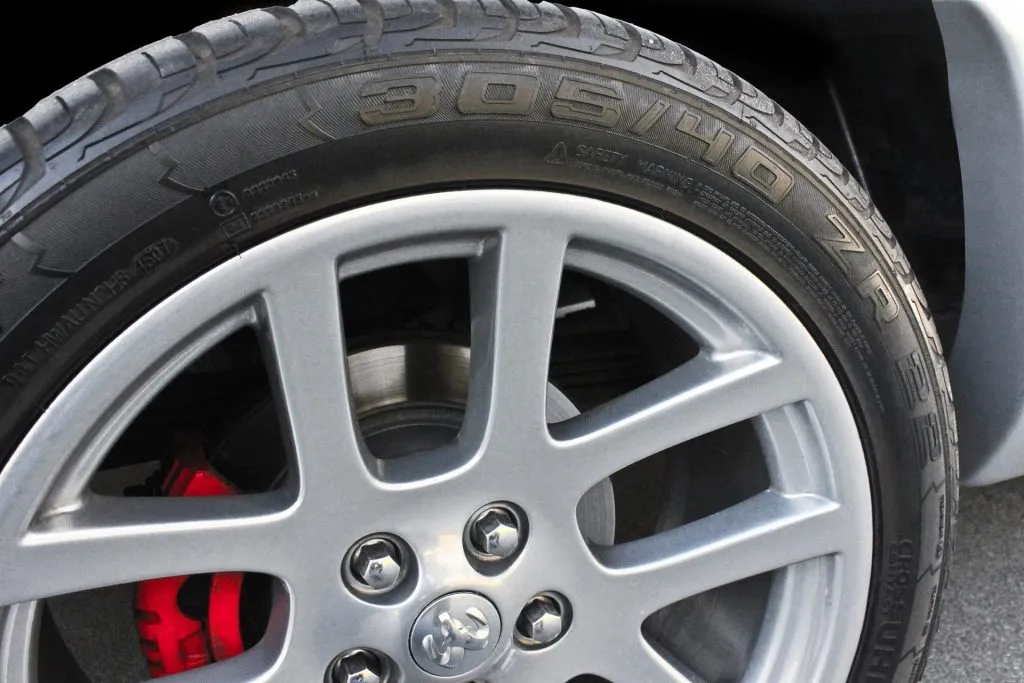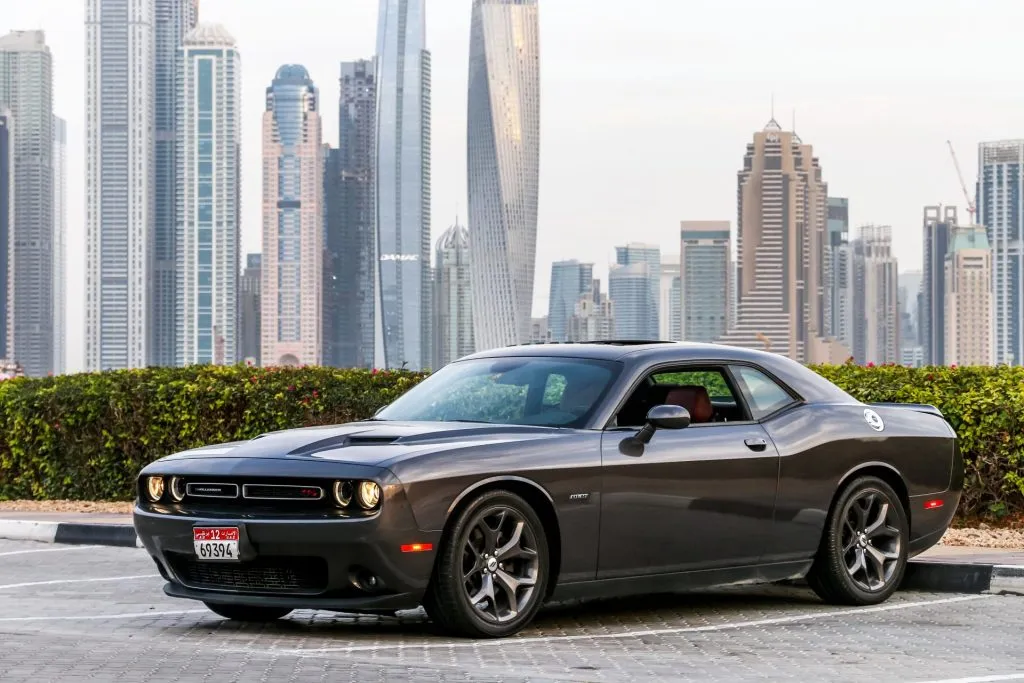Problems with Dodge Challenger: Troubleshooting and Fixes
Common Problems with Dodge Challenger: What Owners Should Know

The Dodge Challenger remains a popular choice among lovers of American muscle cars for its bold styling and impressive power. Like many sports cars, it has experienced its share of common problems reported across various model years, some minor and others more serious. While many of these can be resolved with regular maintenance or timely repairs, knowing what to expect can help Dodge Challenger owners and potential buyers avoid costly surprises. Most common issues include:
- Engine problems: One of the most widely discussed problems is the “Hemi tick,” especially in V8 models. This ticking sound may be due to faulty lifters or cylinder bearings, potentially leading to more serious damage if ignored. Engine misfires and rough idling are also common problems reported, often stemming from worn spark plugs or ignition components. Many owners of 5.7-liter HEMI models have also noted excessive oil consumption, which can affect the performance if not checked regularly.
- Transmission problems: The Challenger has been known to suffer from transmission issues, particularly rough shifting and slipping, especially in automatic models. These may result from software glitches, low fluid levels, or internal failure of transmission components.
- Electrical and technology issues: Electrical problems are another area of concern. These range from malfunctioning infotainment systems, with the Uconnect system freezing, rebooting, or becoming unresponsive, to wiring faults that may trigger warning lights or interfere with vehicle functions. Such electrical issues may require software updates or full hardware replacement.
- Suspension and steering problems: The Challenger has experienced suspension problems, particularly involving premature wear of front-end components such as ball joints and control arms. These can lead to clunking noises and reduced steering accuracy. Some drivers have reported the car feeling unstable or imprecise, especially when driven aggressively or when routine services like tire rotations are neglected.
- Brake system issues: Warped brake rotors are a common problem, notably during heavy braking or after prolonged use. These can cause vibrations when slowing down. Some models have also experienced calipers that stick or pull, leading to uneven brake pad wear and reduced performance.
- Interior and appearance complaints: Interior rattles and squeaks are often cited in older or high-mileage Challengers. These noises can originate from the dashboard, trim, or rear seating areas. Higher-trim models like the R/T and SRT may show premature wear in the sport seats, with seams splitting or cushioning deteriorating earlier than expected.
- HVAC and air conditioning issues: Air conditioning failures are another concern, often involving blower motors that stop working or systems that fail to produce cold air. These problems are often traced back to faulty compressors or refrigerant leaks, which typically require professional inspection and replacement.
- Exterior defects: Paint cracking, particularly around the hood and bumper, has been noted in both older and more recent model years. Reports of water leaking through windows or door seals are also common, potentially leading to mold, corrosion, or other significant issues if not promptly addressed.

Reliability Comparison with Other Dodge Vehicles
While the Dodge Challenger has its own known issues, other Dodge models also face reliability concerns.
- The Dodge Charger shares many components with the Challenger, including engines and transmissions. It experiences similar problems, such as the “Hemi tick” and oil consumption. However, it’s more prone to electrical issues, like battery drain and key fob failure, making it slightly less reliable overall.
- As a larger SUV that also uses HEMI engines in its top trims, the Durango combines power and practicality. Reliability is highly dependent on model year and engine. Early Durango models, especially those prior to 2015, were plagued by transmission problems, including rough shifting and complete failure of the 5-speed automatic transmission. Later-generation Durangos with the 8-speed automatic transmission have proven more reliable, although engine cooling issues, thermostat failures, and radiator problems remain common across all models. Air suspension systems, where equipped, have also been noted for leaking air struts and failed compressors. Compared to the Challenger, the Durango tends to have more suspension and cooling-related issues, specifically when towing.
- The Journey, Dodge’s budget crossover, often receives lower reliability ratings than the Challenger. Its 2.4-liter and 3.6-liter engine variants have had numerous issues over the years. Common problems include premature brake wear, poor internal electronics, and recurring coolant leaks. Transmission issues are widespread, particularly in models with the 4-speed automatic. Unlike the Challenger, the Journey isn’t built for performance, and its low-quality materials and outdated platform have led to more complaints about wear and tear. Many drivers also report problems with the Uconnect system, including freezing screens and rearview camera failures occurring sooner than expected.
Compared to other Dodge models, the Challenger ranks well above average in overall reliability. It surpasses the Journey in build quality and long-term durability, but trails slightly behind the Durango and Charger when it comes to interior electronics and cooling system performance.

How to Prevent Dodge Challenger Common Problems
-
Use the right oil and follow regular oil changes
Using a high-quality synthetic oil that meets Dodge specifications and maintaining regular oil change intervals reduces engine wear and helps prevent valve train noise.
- Maintain transmission health
Check your transmission fluid regularly, change it at the recommended intervals, and avoid hard starts or towing without proper cooling to help extend the life of your transmission.
- Watch for electrical problems
Battery discharge, alternator issues, and sensor malfunctions can occur as your Challenger ages. Check the battery and charging system during scheduled maintenance, and address any warning lights or screen glitches before they turn into serious electrical problems.
- Regularly inspect suspension components
Given the Challenger’s size and power, suspension wear is inevitable, most often on models with wider wheels or aftermarket tunes. Listen for creaks or squeaks on uneven surfaces and inspect bushings, ball joints, and sway bar links regularly.
- Pay attention to the cooling system
Monitoring coolant levels and leaks, and flushing the cooling system regularly can help prevent overheating and costly engine damage.

- Update uconnect and electronics
Make sure your system software is updated when available. If you experience lag, random restarts, or display issues, have it diagnosed early to avoid total system failure.
- Use quality fuel and keep injectors clean
Especially in high-performance models like the R/T and Hellcat, low-quality fuel can cause injector buildup or failure. Using high-quality gasoline and regularly using fuel system cleaners will help keep your engine running smoothly and responsively.
Proper maintenance not only improves performance but also helps preserve resale value and overall reliability.

What are the most reliable muscle cars?
Muscle cars are built for performance, but not all of them offer long-term reliability. Some models strike a solid balance between power and durability, making them a better choice for long-term use.
- Dodge Challenger: Among modern muscle cars, the Challenger stands out for its reliability. It features a solid chassis, proven engine options (like the 3.6-liter Pentastar V6 and 5.7-liter HEMI V8), and fewer serious issues when well maintained. Its simple rear-wheel drive layout and widely available parts also contribute to its long-term dependability.
- Ford Mustang: This car is another reliable option, especially in non-turbocharged V6 or V8 versions. The 5.0-liter Coyote engine is well-regarded, although early EcoBoost models had some issues with turbocharging and carbon buildup. Later models (2018 and newer) show strong reliability and updated technology systems.
- Chevrolet Camaro: Camaro is generally reliable, specifically with the 6.2-liter V8 and 3.6-liter V6 engines. Some owners report concerns about visibility and electronics, but the mechanical components generally hold up well. Avoid the base 2.0-liter turbocharged engine if long-term reliability is a top priority.
- Mercedes-AMG C63: While not a traditional American muscle car, the Mercedes-AMG C63 is often considered a European equivalent due to its powerful rear-wheel drive layout, aggressive V8, and bold styling. The AMG model has a solid reliability record. Later models (2018+) benefit from improved electronics and better overall build quality. Although maintenance costs are high, many drivers report fewer issues with the transmission or engine than expected for a high-end performance car.
If reliability is as important as horsepower, the Dodge Challenger and Ford Mustang are often the best choices. If you want a muscle car with luxury and solid engineering, the Mercedes-AMG C63 is a great option that combines power with elegance.






